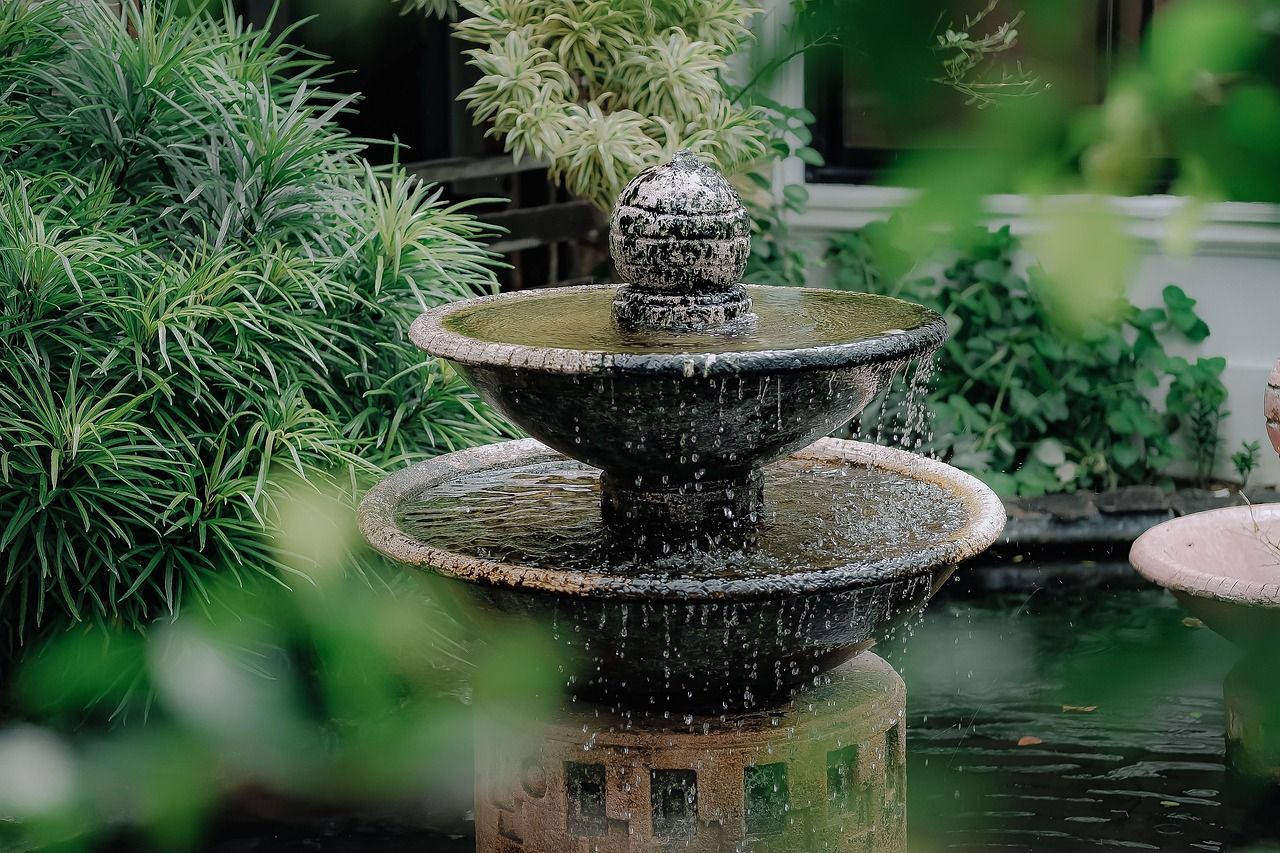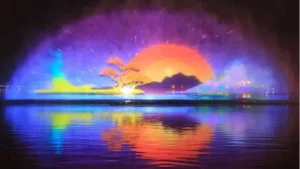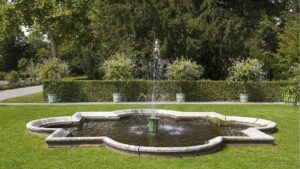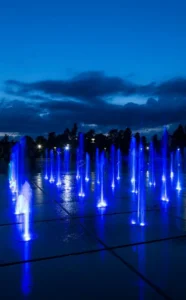- Product Knowledge
The Evolution of Fountains: From Utility to Art
Fountains have played a significant role in human history, evolving from simple utilitarian devices to intricate works of art that enhance public spaces and private gardens. This article delves into the multifaceted journey of fountains, exploring their historical significance, technological advancements, and their contemporary role in urban landscapes.
Ancient Beginnings: Fountains as Sources of Life

The Birth of Fountains in Ancient Civilizations
In ancient civilizations, fountains were primarily designed to provide essential water supply. The earliest known fountains date back to Mesopotamia, around 3000 BCE, where they served as communal sources of water. These rudimentary structures were followed by the sophisticated aqueduct systems of ancient Rome.
The Roman Aqueducts: Engineering Marvels
The Romans revolutionized water distribution with their aqueducts, which supplied water to cities, baths, and private residences. These aqueducts culminated in elaborate public fountains, such as the Trevi Fountain, which became central gathering places for the populace.
The Renaissance: Fountains as Symbols of Power and Art
The Renaissance Revival

During the Renaissance, fountains transcended their utilitarian roots, becoming symbols of power and artistic expression. Wealthy patrons and city officials commissioned elaborate fountains to showcase their status and beautify urban environments.
Masterpieces of the Renaissance
- The Fountain of Neptune: Located in Florence, this masterpiece by Bartolomeo Ammannati symbolizes the city’s maritime prowess.
- The Gardens of Versailles: Designed by André Le Nôtre, the gardens feature numerous ornate fountains, reflecting the grandeur of Louis XIV’s reign.
Technological Innovations
The Renaissance also saw significant advancements in fountain technology. Engineers developed intricate hydraulic systems that allowed for more complex water displays and automata, adding a dynamic element to garden landscapes.
The Baroque Era: The Pinnacle of Fountain Design
The Baroque Extravaganza
The Baroque period took fountain design to new heights, emphasizing dramatic effects and elaborate sculptures. Fountains became central features in palatial gardens and public squares, designed to impress and awe viewers.
Iconic Baroque Fountains
- The Fontana dei Quattro Fiumi: Designed by Gian Lorenzo Bernini, this fountain in Rome’s Piazza Navona represents the four major rivers of the world.
- The Palace of Caserta: Its monumental water features, designed by Luigi Vanvitelli, are among the largest and most impressive of the Baroque era.
The Modern Era: Fountains in Urban Design
Fountains in Contemporary Urban Planning
In the modern era, fountains continue to be integral to urban design, serving both aesthetic and practical purposes. They provide visual appeal, act as cooling elements in city environments, and serve as gathering points for social interaction.

Notable Modern Fountains
- The Bellagio Fountains: Located in Las Vegas, these fountains combine water, music, and light in a spectacular display.
- The Crown Fountain: An interactive public art piece in Chicago’s Millennium Park, designed by Jaume Plensa, which features video images and water jets.
Sustainable Fountain Design
Today, sustainability is a key consideration in fountain design. Modern fountains often incorporate recirculating systems to conserve water, and solar-powered pumps to reduce energy consumption.
The Future of Fountains: Innovation and Integration
Technological Integration
The future of fountains lies in their integration with cutting-edge technology. Interactive fountains that respond to environmental stimuli and user interaction are becoming increasingly popular. Digital water curtain technology allows for programmable water displays that can create text and images in mid-air.
Fountains as Art Installations
Fountains are also evolving as standalone art installations. Artists and designers are pushing the boundaries of traditional fountain design, creating pieces that challenge perceptions and engage audiences in new ways.
From their origins as essential water sources to their current status as iconic landmarks and art pieces, fountains have continually evolved to meet the needs and aspirations of society. They remain a testament to human ingenuity and our enduring desire to blend functionality with beauty.
Fountains will undoubtedly continue to captivate and inspire future generations, standing as a testament to the creative spirit that defines human civilization.



